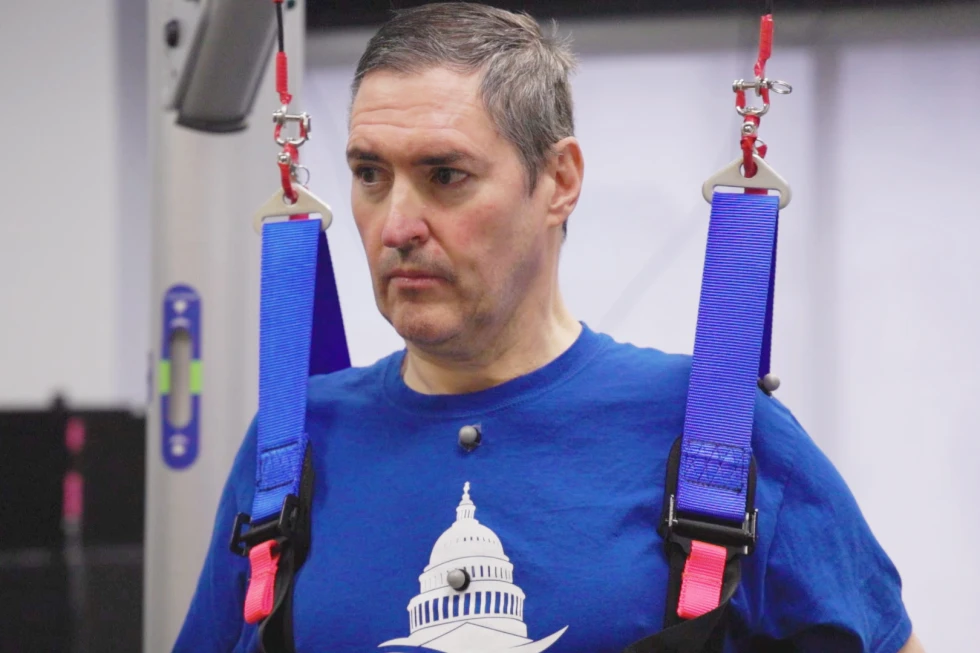Researchers have found that a spinal cord implant, typically used for treating paralysis, showed potential in improving muscle function in individuals suffering from spinal muscular atrophy (SMA), a debilitating muscle-destroying disease, The Associated Press reports.
The study, published in the journal Nature Medicine, offers the first evidence that spine-stimulating implants might aid neurodegenerative diseases by restoring some muscle function, albeit temporarily.
SMA is a genetic disease that progressively destroys motor neurons, leading to muscle wasting, particularly in the legs, hips, and shoulders, and sometimes affecting breathing and swallowing. While there is no cure, gene therapy and certain medicines can slow its progression.
Researchers at the University of Pittsburgh (Pitt) implanted electrodes over the lower spinal cords of three adults with SMA. They then monitored muscle strength, fatigue, range of motion, gait, and walking distance while the device was active and inactive. The technique, led by Dr. Marco Capogrosso, involves stimulating dormant nerves downstream of the injury with low levels of electricity, thus activating muscles. Capogrosso hypothesized that this stimulation could “rev up” sensory nerves, waking up damaged muscle cells and helping them move to combat wasting.
Although the implant didn’t restore normal movement, patients showed improvements in muscle strength and function with just a few hours of spinal stimulation per week. All three participants significantly increased how far they could walk in six minutes. One participant, previously unable to stand from a kneeling position, could do so by the study’s end. Furthermore, one participant’s gait saw significant improvement, with each step becoming approximately three times longer.
A particularly noteworthy finding was that the improvements didn’t immediately vanish when the stimulator was switched off. However, the benefits did fade as participants were tracked after the study ended. One of the participants reported that even with the stimulator off, his legs “would just feel supercharged” on some nights.
Despite the positive results, one participant expressed disappointment at the device’s removal at the study’s conclusion, noting that while some lingering benefits were observed at his six-week checkup, none remained after six months.
Neuroscientist Dr. Susan Harkema, a pioneer in spinal cord stimulation studies, cautioned that the new study is small and short but called it an important proof of concept. She suggested testing the technique against other muscle-degenerating diseases as a logical next step.










The latest news in your social feeds
Subscribe to our social media platforms to stay tuned